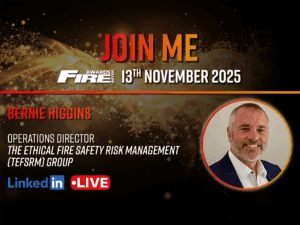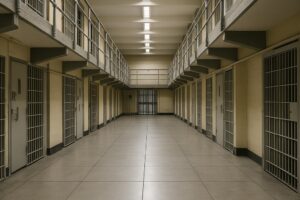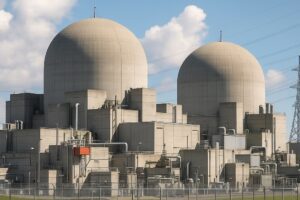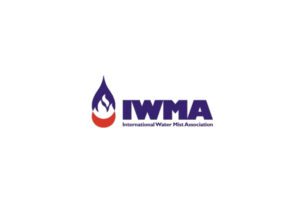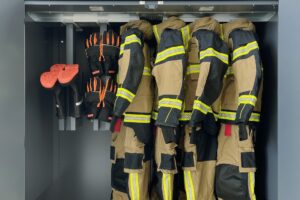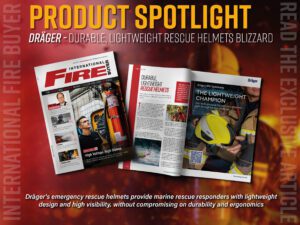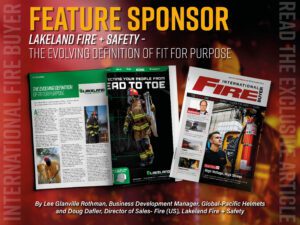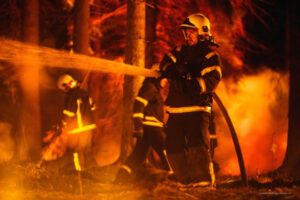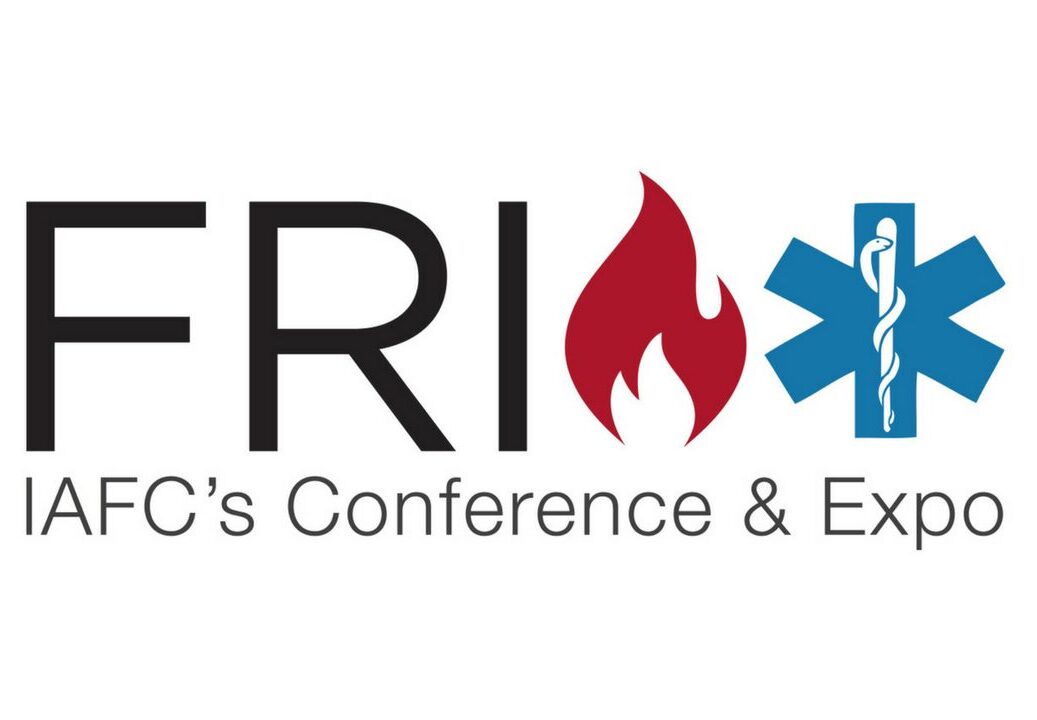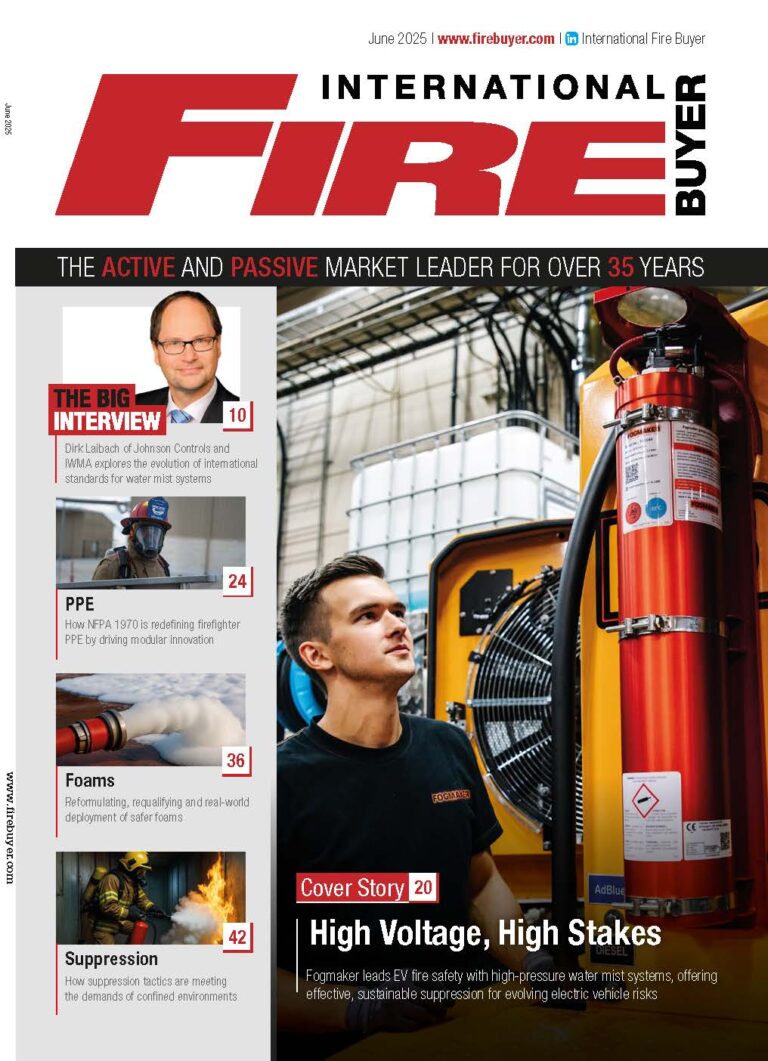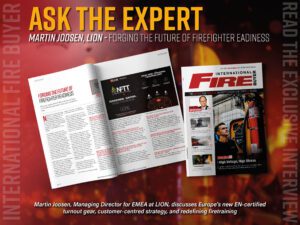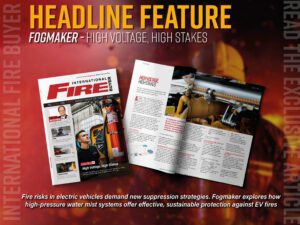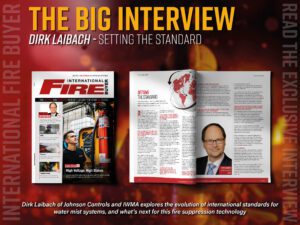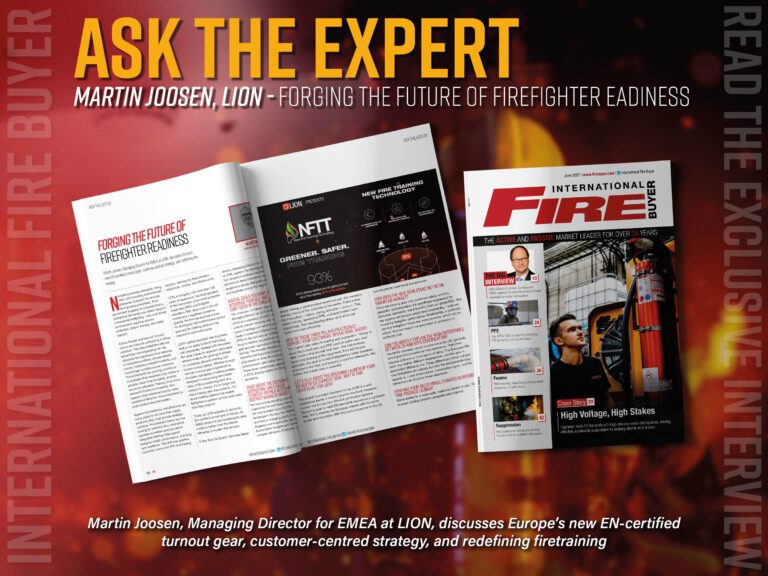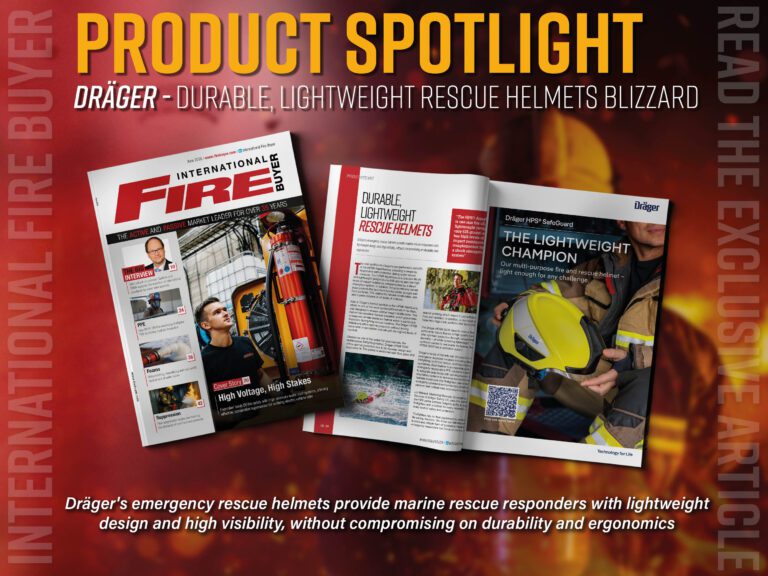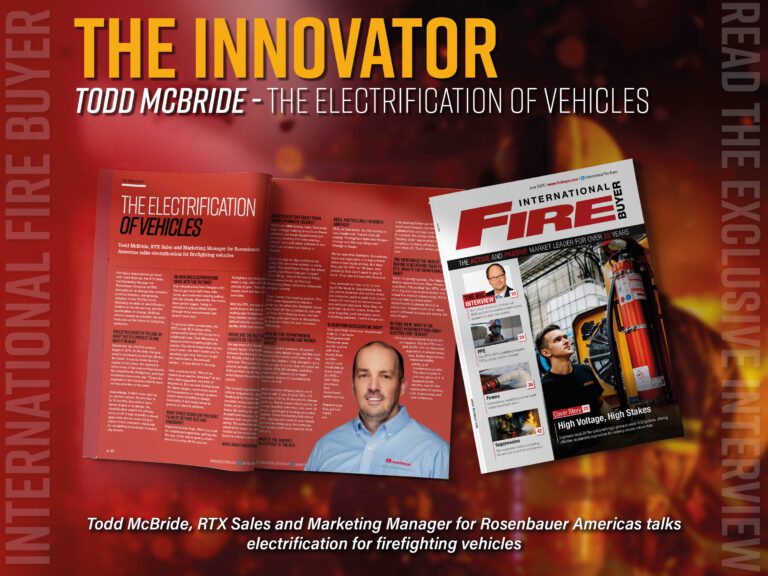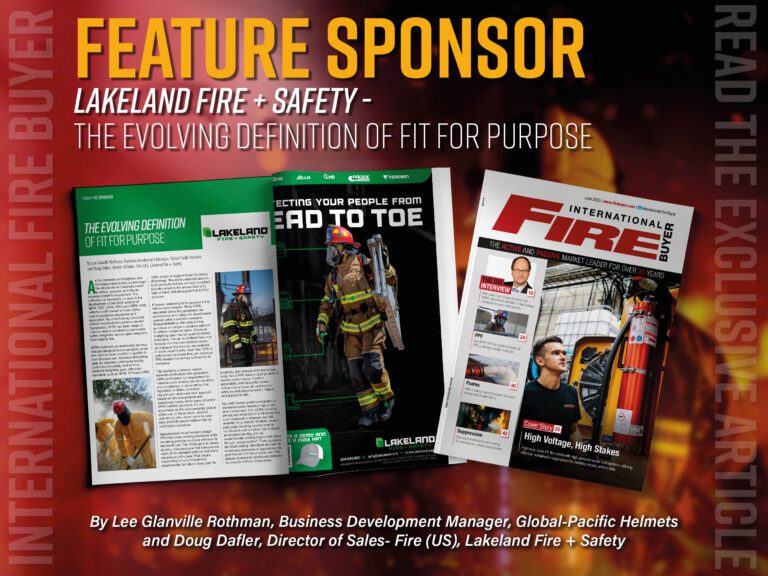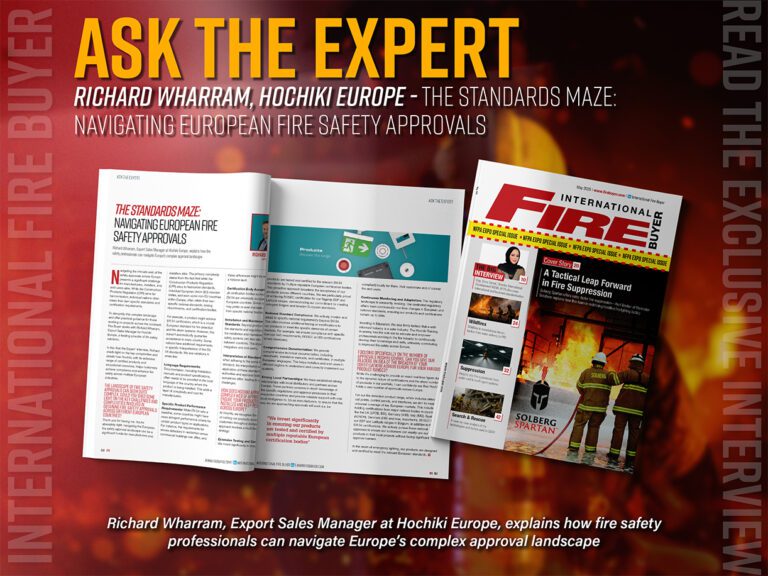What additional equipment on vehicles can help aid particular urban fires? Focusing on aerial ladders and platforms and the fight against multioccupancy building fires
Highrise and multioccupancy buildings exist in virtually every mid-to-large-size city and even in some relatively small communities worldwide. Fires in these types of buildings are infrequent but labour-intensive events that require special tactics, equipment and knowledge. These incidents also present significant management, logistical, equipment and safety threats. The size and complexity of the interior spaces, the enclosed nature of the hazard area, and the limited and sometimes difficult access to the fire area all contribute to the challenges faced by first responders.
“The placement of an aerial device at an emergency scene can greatly impact the effectiveness of an operation”
When an alarm rings out and fire trucks rush to an urban fire scene, standardised procedures, as well as aerial placement and operation, are all part of a well-orchestrated strategic response. An aerial fire apparatus provides additional support on the fire ground. How it’s used, the specialised equipment it encompasses, and the operational efficiencies it offers can make a significant impact on lifesaving tasks.
Aerial devices optimised to perform
Different types of aerial fire apparatus provide a variety of features depending on geographic coverage, call volume and adherence to local weight regulations. It is important to work with a fire apparatus manufacturer to ensure your aerial is optimised to perform, which may include:
- Increased tip-loads
- Increased water flow
- Superior reach, including vertical, horizontal, and below-grade
- Lower cost of ownership
- Improved rescue capabilities
- A robust, heavy-duty design
- Reduced overall vehicle weight
- Maneuverability and overall length of vehicle
- Custom chassis options to allow your department the versatility to meet your unique needs
When serving an urban community with many highrise and multioccupancy buildings, which is the best type of aerial fire apparatus for your department? Can a single aerial apparatus check all of your boxes? With all of the new and leading-edge features, a fire department should not have to compromise to meet its unique needs. Bob Schulz, General Manager – Aerial & Fleet, Pierce Manufacturing reviews a few considerations that firefighting services should consider when fighting multioccupancy and specialist equipment required fires.
Advancements in aerial device strategic placement
The placement of an aerial device at an emergency scene can greatly impact the effectiveness of an operation. There are two fire truck placement strategies: horizontal and vertical. The type of placement used is dependent upon the type of fire and the structure that requires protection.
- Horizontal placement focuses on the reach of the aerial or ladder device. For example, in a residential area with two-story homes, a fire truck can remain parked on the road, and the aerial device can reach the roofline to execute rescue operations or ventilation.
- Vertical placement focuses on the height of the aerial or ladder device. Vertical placement is required in many big cities with tall apartment buildings and hotels. Aerial devices must be able to ascend upwards to perform rescue operations.
Additionally, aerial placement and operation depend on the type of fire truck in use, either rear-mount or mid-mount. A rear-mount aerial has the turntable positioned at the rear of the apparatus, which means the ladder can be positioned to work on either side or off the rear of the truck. The pivoting turntable allows the truck position to vary based on the assessed need at the emergency scene.
A rear-mount fire truck, like Pierce’s Ascendant 107′ Heavy-Duty Aerial Ladder for example, features a 4-section heavy-duty steel ladder with 107-foot of vertical reach, 100-foot of horizontal reach, operating range of minus 10-degrees to 77-degrees, and a 750 lb tip load capacity.
“Once the body style is determined, maximising aerial fire truck storage is critical to ensure firefighters have all the required tools and equipment”
A mid-mount fire truck features a turntable directly behind the cab, in the middle of the truck. As such, aerial operators are working off the side of the truck. As an example, the Ascendant 100-foot Heavy-Duty Aerial Tower with mid-mount configuration has a 5-section heavy-duty steel ladder with 100-foot of vertical reach, 93-foot of horizontal reach, operating range of minus 20-degrees to 77-degrees, and a 1000 lb tip load capacity. This aerial tower is packaged onto a vehicle with a low overall height of 10-feet-10-inches and a length of only 41-feet-5-inches.
Maximising aerial apparatus storage
From a quint fire truck to a truck company configuration, storage options can vary based upon the aerial body style departments select. Vehicle manufacturers offer quint, Texas Chute Out (TCO) or side-stacked hose beds, and No Pump No Tank (NPNT) or truck company aerial body styles to provide firefighters with options to best meet their department’s needs. A quint fire truck is an apparatus that combines the equipment capabilities of a ladder truck and the water-pumping ability of a fire engine. TCO aerial bodies can accommodate fire hose on the passenger side of the body for customers that desire a side-stacked hose bed. And finally, for those departments that require a true truck company configuration, the NPNT body accommodates more ground ladders and includes a large transverse compartment in place of the pump.
Once the body style is determined, maximising aerial fire truck storage is critical to ensure firefighters have all the required tools and equipment at an emergency scene. Well-utilised and well-organised compartment storage can enhance department operations, safety, time, and efficiency.
Mounting Brackets: Custom mounting brackets are among the most effective ways to establish designated tool locations and protect valuable tools and equipment. A custom bracket can be created during the manufacturing process.
Pull-out Trays: Pull-out trays are designed to be ergonomic storage solutions to help firefighters quickly locate and grab necessary tools and equipment. Combined with custom brackets, pull-out trays are easy to slide in and out, and they make it simple to store equipment safely and securely.
Peg Boards and Swing Boards: A pegboard often uses special bracketry to secure hand tools in plain sight for easy access and use. A swing board maximises storage with the ability to store equipment on both sides of the board. Wall storage is another great way to maximise storage potential. Hand tools and small equipment can be securely fastened in spaces that would otherwise be empty.
Strategic Equipment Loading: One of the best ways to maximise fire truck storage is to be strategic with how equipment is loaded in each compartment. If the majority of the department’s calls require specialised equipment, outfitting the most accessible compartments with the necessary equipment to support those calls is recommended.
Aerial ladder lighting and special equipment
A lot is vying for space at the tip of an aerial ladder or platform. Monitors and nozzles, valves, discharges, breathing air, stokes basket and rope rigging fixtures, cameras, and various types of lighting are all essential tools when emergency response takes place over 100-feet in the air.
“As aerial devices and ladders become more advanced, technology and improved functionality are designed to mitigate dangers on the scene”
There is a trend in departments requesting more equipment at the tips of ladders and around platforms. Many departments want more lighting and are requesting more DC and fewer AC-powered lights, specifically LEDs. Other equipment requests at ladder tips include locator beacons to allow the tip to be spotted in smoky conditions, remote controls and cameras, and both digital video and thermal imaging. There has also been an increase in the installation of stokes basket brackets and parapet ladder fixtures on platforms, as well as waterway outlets. Depending on preferences, lighting and special equipment can be tailored to a department’s specifications.
Smart design and testing
As aerial devices and ladders become more advanced, technology and improved functionality are designed to mitigate dangers on the scene. For example, Pierce’s aerial technology will stop an operator from hitting the truck with the aerial device or extending the ladder too far. The control parameters are set in the manufacturing process to ensure the safety of firefighters and the integrity of the aerial device.
These strategic design parameters are tested and the calibrations are all confirmed during the testing and final inspection phase of apparatus manufacturing.
Fire apparatus for urban firefighting
Aerial devices are not one size fits all for urban fire departments. There are a few additional considerations to keep in mind when selecting a new aerial apparatus or determining what equipment and optimisations will help best equip your current apparatus.
- Determine what key features your department is looking for in an apparatus. Do you require a ladder or a platform for safer rescue operations? Consider the main tasks your apparatus will be challenged with and weigh that against the available options with each configuration.
- Geographic region. City or rural, flat or rolling landscape — these factors will help you determine the best aerial apparatus for your region.
- Overall budget. Each aerial configuration varies in overall cost. Determine the budget your department has available and assess your vehicle requirements.
- Regional laws and other restrictions. Do you have weight restrictions to factor in or other restrictions like bridge-heights or department bay size to consider? Be sure that your new aerial apparatus fits the size restrictions of your department’s stations and meets all requirements for your geographic region.
- Aftermarket support. Your aerial apparatus may be in service for more than 20 years. You must be confident that your dealer and fire apparatus manufacturer offer aftermarket support and accessible maintenance facilities to keep your apparatus in service.
Roberto Quintero, Project and Product Management Director, Bronto Skylift
An aerial platform can have for example water, foam and dry powder line to allow efficient response to different types of fires, or it can just have an efficient water line and human rescue capabilities depending on the environment where it serves. Also, the height of an aerial platform can be anything from 20 meters to over 100 meters. In general, it can be said that aerials are best serving in tasks where you need to fight fires up high or otherwise difficult-to-reach locations or in places with explosion risk for example, where the fire fighting needs to be done remotely at safe distance. High buildings, complex structures, buildings behind roofs or parapet walls, industrial plants, ports and shipyards etc.

Customisation is as heavy or light as our customer defines, and it is safe to say that almost all our aerials are tailored to some extent. When you take all different legislations, standards and local requirements and combine that complexity to the specific needs of a single fire brigade, it is quite a variety of solutions – some more complex than others. Typically, the aerial platforms for industrial fire brigades at oil refineries, chemical factories or nuclear power plants have the most complex requirements. Safety precautions in this kind of complex industrial areas are very strict and the fire prevention and protection plans extensive. This kind of environment may require anything from specific vertical or horizontal reach to extremely high-water capacity and tailored foam systems. Normally these units have strong surveillance capabilities and remote controls as well. We sit down with the Fire Chiefs and go through what they need and what kind of solution best accommodates their fire prevention and fighting, as well as rescue plans. Whether it is an industrial plant or a municipal fire brigade specification, it is always a matter of finding the best solution to fit the purpose.
Karen Trigg, Business Development Manager for South East region for Allegion
The demand to assess and successfully manage fire safety within high-rise residential buildings has never been greater. And with 2021 introducing reformed regulations, how is this new age of fire safety shaping up?
For multi-occupied residential buildings, fire safety responsibility is often wrongly shrouded in ambiguity. Only recently, the CEO of Grenfell Tower’s management body passed blame to staff for an outdated building safety plan, of which information on vulnerable residents was 15 years out of date.

This baton-pass type approach simply isn’t effective, or even appropriate for a topic as vital as fire safety. After all, the standards associated with fire safety are by obligation, robust. Yet, for multi-storey and multi-occupied residential buildings in particular, history has uncovered a pitfall of wrong doings and poorly constructed fire safety practices.
With that, the pressures to do better have been mounting, and amidst the whirlwind of reformed conventions this year – consider EU and COVID updates – fire safety has rightly remained high on the agenda. Meaningful strides have been made towards improving fire and building safety, with the government providing a revised £5.1 billion in funding for the removal of ACM cladding in high-rise blocks, and significantly, upon examination of the final report of the Hackitt Review, further amending legislations in a bid to make regulations as airtight as possible.
Bob Schulz, General Manager – Aerial & Fleet, Pierce Manufacturing
The different equipment used to tackle certain fires in urban environments can greatly impact the efficiency of the operation and the lives saved. Aerial placement and operation depend on the type of fire truck in use, either rear-mount or mid-mount. A rear-mount aerial has the turntable positioned at the rear of the apparatus, which means the ladder can be positioned to work on either side or off the rear of the truck. The pivoting turntable allows the truck position to vary based on the assessed need at the emergency scene.
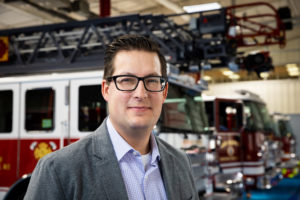
A rear-mount fire truck, like Pierce’s Ascendant 107′ Heavy-Duty Aerial Ladder for example, features a 4-section heavy-duty steel ladder with 107-foot of vertical reach, 100-foot of horizontal reach, operating range of minus 10-degrees to 77-degrees, and a 750 lb tip load capacity.
A mid-mount fire truck features a turntable directly behind the cab, in the middle of the truck. As such, aerial operators are working off the side of the truck. As an example, the Ascendant 100-foot Heavy-Duty Aerial Tower with mid-mount configuration has a 5-section heavy-duty steel ladder with 100-foot of vertical reach, 93-foot of horizontal reach, operating range of minus 20-degrees to 77-degrees, and a 1000 lb tip load capacity. This aerial tower is packaged onto a vehicle with a low overall height of 10-feet-10-inches and a length of only 41-feet-5-inches.
To stay up to date on the latest, trends, innovations, people news and company updates within the global fire market please register to receive our newsletter here.
Media contact
Rebecca Morpeth Spayne,
Editor, International Fire Buyer
Tel: +44 (0) 1622 823 922
Email: [email protected]

